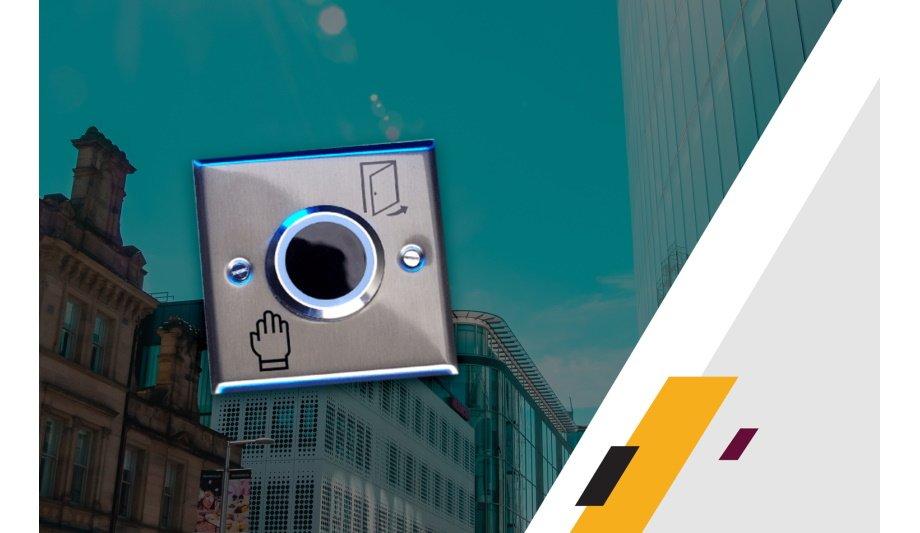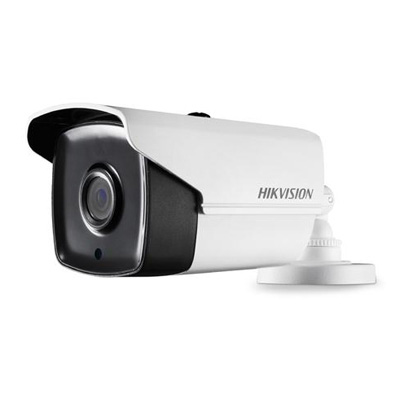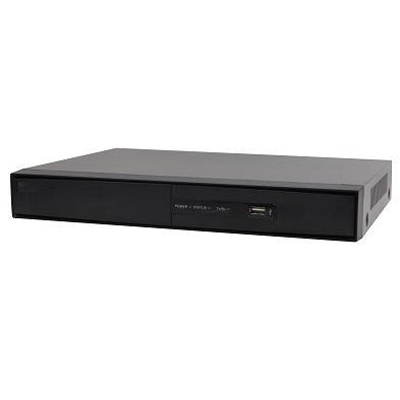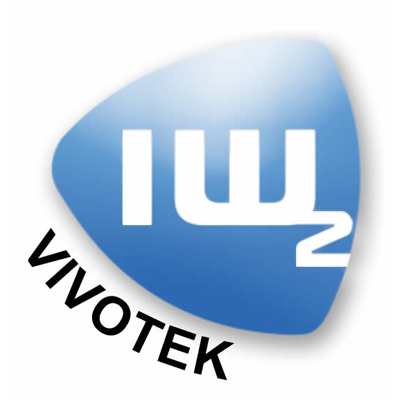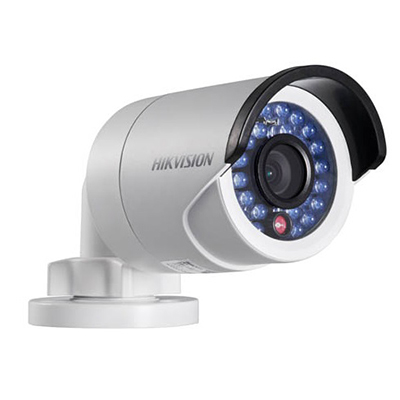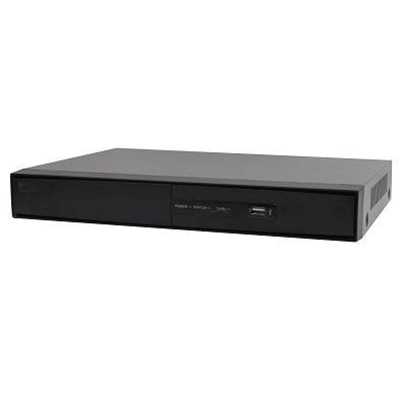PAC, the provider of innovative access control solutions, announces the availability of its new contactless and hands-free request to exit (RTE) button, which will support organisations as the post-lockdown return to work begins in earnest.
With strict hygiene measures and employee safety now more important than ever, access control systems have a role to play in preventing the spread of infection and PAC’s contactless RTE will help to reduce the number of potential contact points within a building.
Hands-free technology
“Before the lockdown, contactless and hands-free technology was often considered a luxury rather than a necessity but that situation is changing quickly now that employees are returning to their workplaces,” explained Pete England, PAC’s global product manager.
“We intend to do as much as we can to facilitate hygienic workplaces and help organisations meet new safety standards during this time. Our new contactless RTE technology reduces the possibility of cross contamination and protects occupants, while also lowering the amount of surfaces that need to be regularly cleaned.” Highly cost effective, as well as being quick and easy to install, the contactless RTE button fits into a standard single-gang electrical backbox, with simple wiring into PAC controllers including the popular 512 and 212 devices, as well as the Easikey 99 and 250 products.
Multi-tenant residential buildings
The contactless and hands-free RTE can even detect hands when gloves are being worn
Where an existing push to exit button is in place, the contactless RTE can be retrofitted in minutes and its infrared technology is designed to prevent interference with other infrared devices located on-site. Housed in a stylish stainless steel faceplate, a prominent two colour LED changes from red to green when a successful request has been identified.
It is also dust and water resistant to IP65 – something that is an important feature for use in harsh environments. Ideal for use in a range of applications including offices, multi-tenant residential buildings, schools, hospitals, veterinary surgeries, hotels and care homes, the contactless and hands-free RTE can even detect hands when gloves are being worn.
Access control technology
It limits the threat of transference of disease, infections and dirt between users and with an adjustable latch time from 0.5 to 20 seconds, it can also be used as part of a social distancing policy. Pete England concluded, “All aspects of our lives have changed radically over a relatively short period and we need to quickly adapt to new ways of working.”
“The current situation also means that organisations need to think about how they use access control technology, as they seek to protect building occupants. The contactless RTE is just one of a number of cost effective and easy to implement solutions that PAC is bringing to market to help meet the demands of its customers, as they combat the spread of infection.”
